Tiantangzhai Tourist Scenic Area
Tiantangzhai (National AAAAA Tourist Scenic Spot, National Nature Reserve, National Forest Park and National Geological Park) is the second peak of the Dabie Mountains, inscribed by Mr. Wu Bangguo, Chairman of the Standing Committee of the Eleventh National People's Congress. Located at the junction of Jinzhai County in Anhui Province and Luotian County in Hubei Province, it has the reputation of "the last primitive forest, the kingdom of plants and the ocean of flowers in East China".
The Dabie Mountain, where Tiantangzhai is located, is the watershed of the north-south water system in China. The north water flows into the Huaihe River in the north and the south water into the Yangtze River in the south. So we can see the Central Plains in the north of the peak of the paradise, Jingchu in the south, and the towering mountains. There is a Tiantang on the top of the heaven at 1729 meters above sea level. The water in the pond does not overflow or dry up. It is commonly known as "Yao Chi".
The total area of the scenic spot is 120 square kilometers. There are 25 peaks over kilometers in the area. The highest peak of Tiantangzhai is one of the main peaks of Dabie Mountain. It is a watershed between the Yangtze River and Huaihe River. The annual average rainfall is 1350 mm, the humidity is 85%, the annual average temperature is 12.6 degrees, and the water quality is the first-class sanitary drinking water on the surface. In the meantime, Xiongguan roadway, lofty mountains, Maolin Xiuzhu, Longtan Falls, many strange pines and rocks, known as "the first pass in southeastern Wuchu", magnificent momentum.
Tiantangzhai, formerly known as Hengshan Mountain and Duoyun Mountain, is the second highest peak of the Dabie Mountains. It is situated at the border of the main peak of Dabie Mountain in Anhui and Hubei Province. It has been a contentious place for military strategists since ancient times. It is a place where emperors visit and celebrities visit.
"Five hegemony" strives for hegemony. West Anhui is in the "Wutou Chuwei" area. Tiantangzhai is known as "the first pass in southeastern Wuchu". According to verification, the first troop fortress and the first frontfire platform of Tiantangzhai were built by the State of Chu. The battle of Wuchu, Jianghuai has lasted for nearly a hundred years, and there have been more than 20 battles recorded in historical materials.
In 570 B.C., Chu Zi re-attacked Wu and Keyu, which he once did.
In the late Southern Song Dynasty, Wen Tianxiang resisted the Yuan Dynasty and sent Cheng Lun, a fellow scholar, to organize the Western Rebel Army in the Dabie Mountains. In response, Fu Gao, a volunteer in the Doyun Mountains, rebuilt the Paradise Village in 1277, and the army collapsed.
At the end of the Yuan Dynasty, local cloth vendors Xu Shouhui, Jiangxi monk Peng Yingyu, and Macheng blacksmith Zou Pusheng jointly negotiated the anti-Yuan uprising, pushed Xu Zhumeng, and rebuilt the Paradise Village in 1351, gathering tens of thousands of people and rising, known as the "Red Scarf Army". In August of the same year, taking Luotian, Kexishui, called Emperor Qingquan Temple, the national name "Tian Finish", Jianyuan "Zhiping". With great momentum, it swept over the southeastern provinces and occupied one side of the separatist regime, calling it Emperor for 11 years. The remains of Tiantang, Racecourse, Qianjiao, Xiaoyao Palace, Invincible Stele and Shengbarn are still indistinguishable.
In the early Ming Dynasty, there was a Duoyun Inspection Department, garrisoned for defense.
In the late Ming Dynasty, in 1641, the peasants, such as Shouying, Luo Rucai and He Yilong, who were active in the Dabie Mountains, joined forces with Zhang Xianzhong. They attacked the Tiantang Village fiercely. Sun Daqi led the army and civilians to conduct 100,000 patrols in the mountains and held the Tiantang Village to death. When the peasant army was unable to attack for a long time, it was besieged and besieged for a long time until the grain in the outdated village was exhausted and the army and the people were killed in a pandemic. Hungry in the village, white bones piled up, because it is called hungry. The site is still debatable.
In 1646, the original Ming Dynasty army Wang Dingchushan organized the anti-Qing Rebel Army, which fell to his hometown Luotian Dahe Yanhulunao. It was conferred by Emperor Yongli as the Ministry of Army Shangshu and Governor Fengyang Rebel Army. With Tiantangzhai as the center, Wang directed the Rebel Army to transfer to more than ten counties and prefectures in Hubei, Henan and Anhui provinces for four or five years, which made Tiantangzhai famous.
In 1752, peasant Ma Chaozhu launched a Bailian uprising in Tiantangzhai, shocking Huguang. The Majia roof still exists in the mountains.
From 1859 to 1864, Tiantangzhai became a strategic place for the Taiping Heavenly Army to compete with the Qing Army and the People's Corps. Hu Linyi, then governor of Huguang, said about the mountain: "It can be guaranteed internally, but it can be managed externally in Anhui Province. If it is well-maintained, it will have the prestige of quinoa withered roof in peacetime, temporarily gaining the momentum of building a high house, making a unique movement in the center and making endless profits."
In the seventeenth year of the Republic of China (1929), the Northern foot of the Dabie Mountains erupted in succession the Lixia Festival and the Liuhuo Rebellion, which resulted in the birth of two Red Armies of Workers and Peasants, and the Tiantangzhai became an important part of the revolutionary base areas of Hubei, Henan and Anhui provinces. After the Red Army went north to resist Japanese aggression, the Red Flag of Dabie Mountains remained intact and waged arduous guerrilla warfare.
In the thirty-sixth year of the Republic of China (1947), Liu Deng's army marched south into the Dabie Mountains, and the Paradise Village returned to the embrace of the people.
In March, Chen Xilian and Yan Hongyan hosted the Jiuzihe Conference to study and adhere to the strategic deployment of the Dabie Mountains base area. Tiantangzhai has become a national forest park, a key scenic spot, a National Nature Reserve and a famous tourist attraction.
Since 1994, Tiantangzhai has successively compiled the "General Plan of Tiantangzhai", "National Forest Park Plan of Tiantangzhai" and "Planning of Tiantangzhai Scenic Spots". In 2002, Tiantangzhai has been approved as a provincial tourism poverty alleviation experimental area.
On June 21, 2010, the Trademark Review and Adjudication Board of the State Administration of Industry and Commerce issued a review ruling, revoking the "Tiantangzhai and Tu" tourism registered trademark awarded by the State-owned Luotian Tiantangzhai Forest Farm in Hubei Province by the State Trademark Office. The ruling holds that the names of scenic spots should be regarded as a public resource in terms of travel arrangements and other services, and should not be monopolized by individual subjects. Hubei Tiantangzhai Forest Farm and Anhui Tiantangzhai share the registered trademark of "Tiantangzhai".
Tiantangzhai is located at the junction of Jinzhai County, Anhui Province, Luotian County, Hubei Province and Yingshan Mountain. It is 31 degrees north latitude and 115 degrees east longitude.
climate
The annual rainfall in Tiantangzhai is 1 350 mm and the average temperature is 16.4 C. Tiantangzhai is a hot, warm and humid seasonal climate in North Asia. It has a typical mountain climate with mild climate, abundant rainfall, warm and sunshine in the same season, and hot and rainy in the same season.
Biological resources
By the end of 2012, there were 1487 species of wild plants and 634 species of animals in Tiantangzhai. There are wild boar, pangolin, leopard, cat, musk deer, giant salamander, jackal wolf, otter, pheasant, pearl*poplar and other rare animal and plant resources in the scenic area. Tiantangzhai is one of the seven gene pools in China and the last primitive forest in East China.
plant resources
The vegetation status of Tiantangzhai National Forest Park is the southern edge of the mixed deciduous broad-leaved forest in the north subtropical zone. The vertical zonal distribution of plants is obvious. The main tree species are Quercus variabilis, Castanea mollissima, Quercus quercea, Huangdang, purple stem, etc. The main distribution is Quercus variabilis dwarf forest at an altitude of more than 1500 meters, and the associated tree species is Dunaliella davidiana. Rhododendron, Sorbus Huangshanensis, Liudaomu in South China, Tiannuhua, Begonia hupehensis, etc. On the top of the mountain, there are grasses, meadows and swamp vegetation, and coniferous forests are mainly Pinus taiwanensis.
Tiantangzhai National Forest Park is located at the intersection of East, Central and North China flora. Its physical and geographical conditions are complex and diverse. It is not only the northern boundary of many southern plants distribution, but also the southern boundary of some northern plants distribution. Therefore, the plant species in Tiantangzhai National Forest Park are diverse, amounting to 1881 species and more than 200 kinds of animals. It belongs to more than 60 national protected plants, such as Lianxiangmu, Lingchunmu, Orchid, Xiangguo, Qianqian Pine and Cedar.
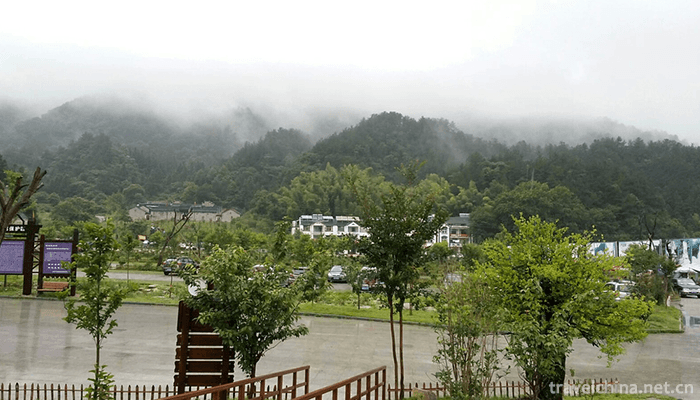
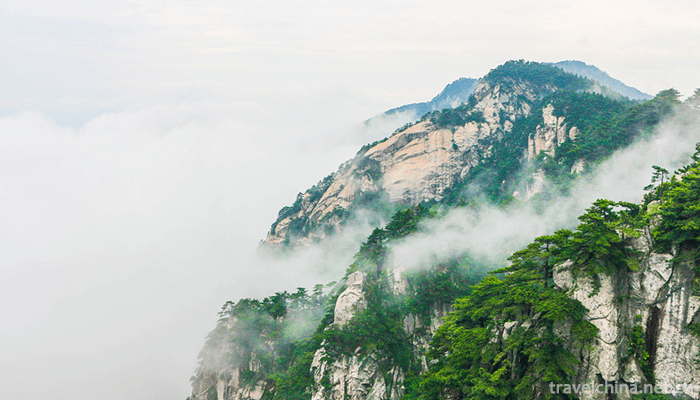
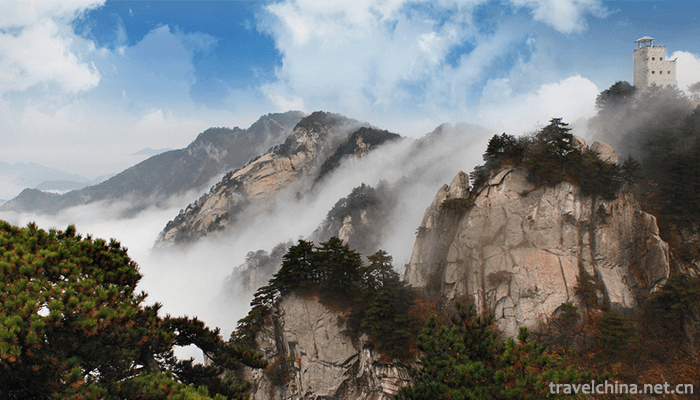


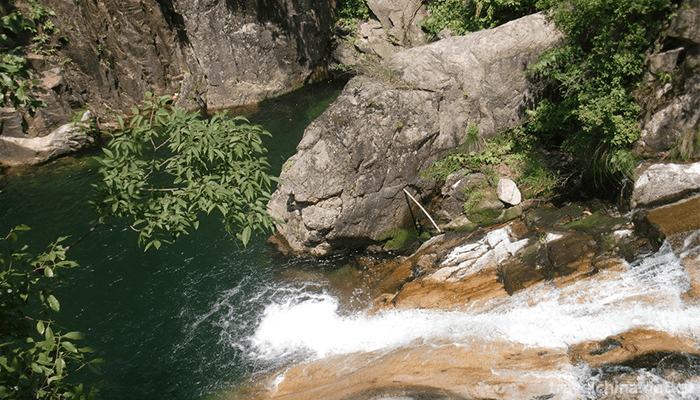

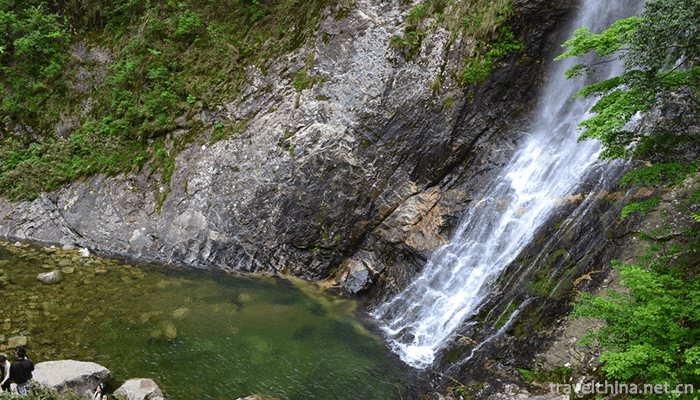
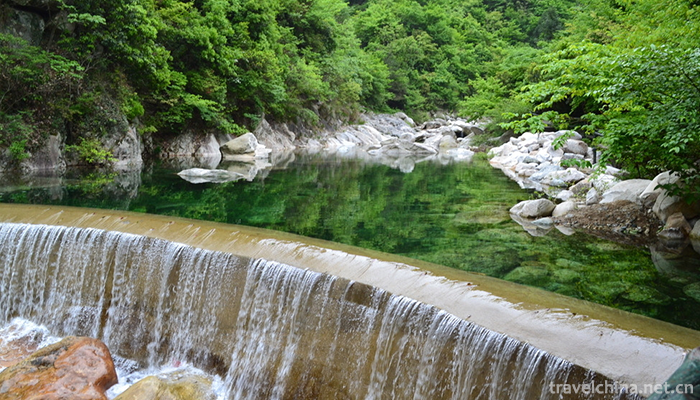
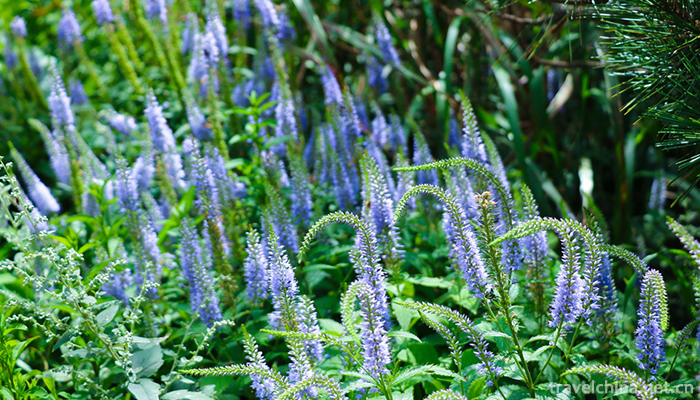
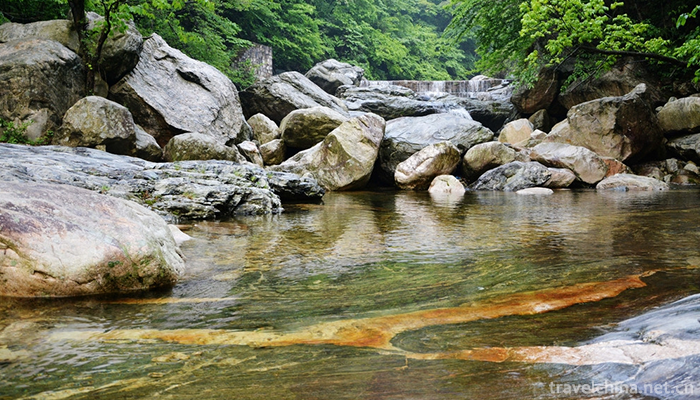
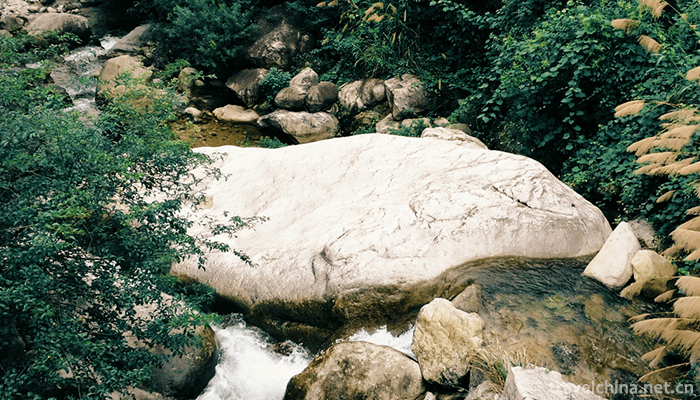
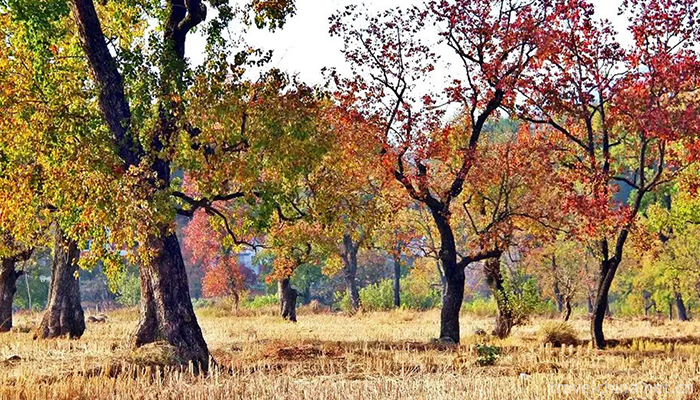
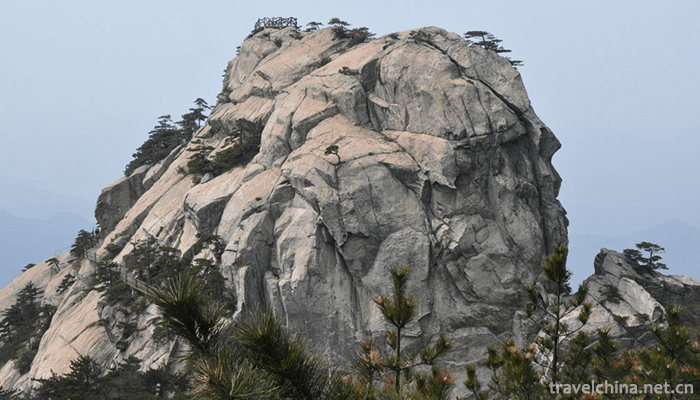
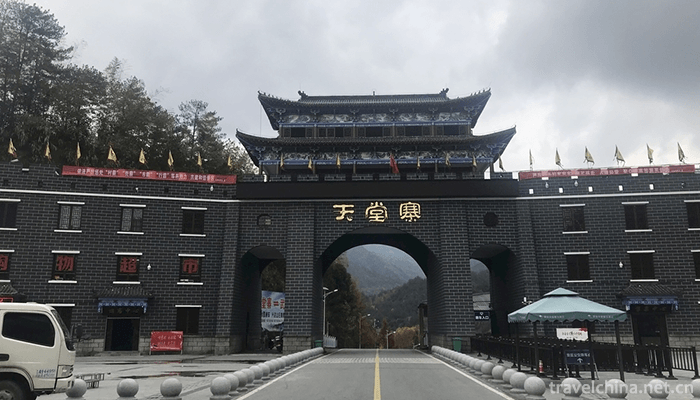
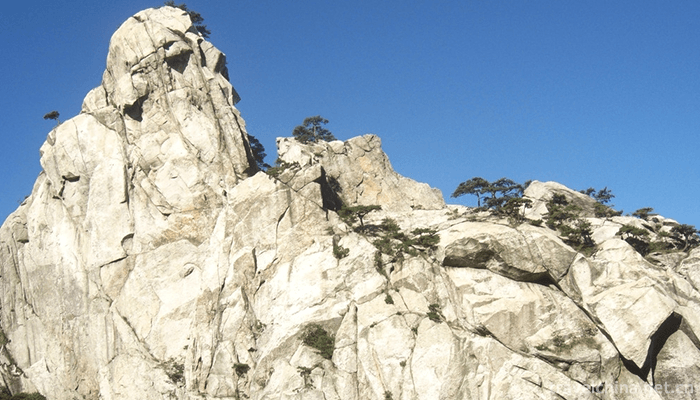
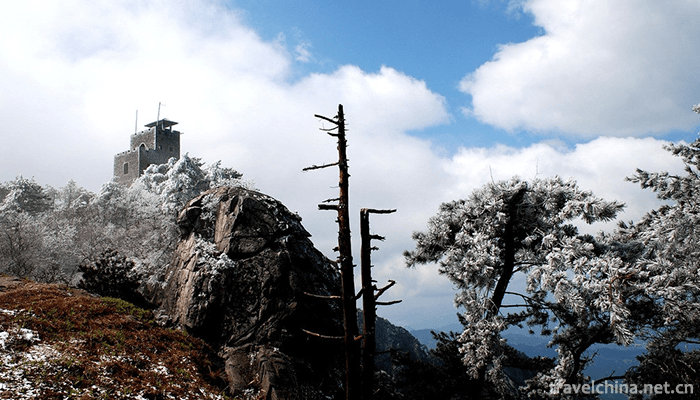
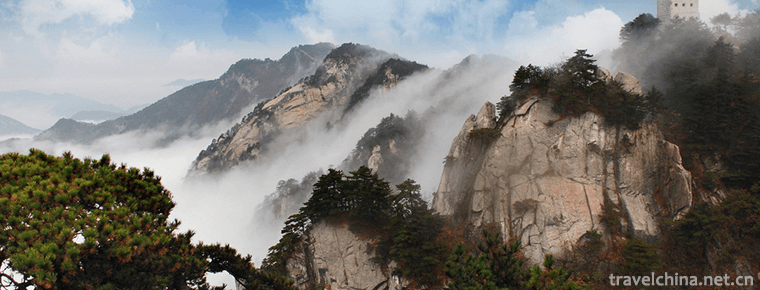
-
1.Genghis khan mausoleum tourist area
Genghis khan mausoleum tourist area, also known as Chengling Tourist Area, commonly known as the Eastern Union Scenic Area (not Genghis Khanling)
Time 2018-12-01 -
2.Kanas Scenic Area in Altay Area
Kanas Scenic Area is located in the middle section of Altai Mountain in Xinjiang, which is located in the border area between China and Kazakhstan, Russia and Mongolia
Time 2018-12-12 -
3.China Ceramic Museum
The China Ceramic Museum is located in the Cultural Square in the center of Zibo City. On the basis of Zibo Exhibition Hall in April 2001, it was transformed by large-scale investment
Time 2018-12-22 -
4.Zhuquan Village Tourist Resort
Zhuquan Village Resort is located in the north of Yinan County, Shandong Province, 12 kilometers away from the county. It was called Quanshangzhuang in Yuan and Ming Dynasties and was renamed Zhuquan
Time 2019-03-21 -
5.Zigong Dinosaur Museum
Zigong Dinosaur Museum is located in the northeast of Zigong City, Sichuan Province, 11 kilometers from the city center. It is a large site museum built on the world famous "Dashanpu Dinosaur Fos
Time 2019-03-22 -
6.Ansai waist drum
Ansai waist drum is a traditional folk dance in Shaanxi Province. Performances can be performed by several people or thousands of people together, magnificent momentum, exquisite performance is intoxi
Time 2019-03-31 -
7.Ancient Clock Repair Skills
Behind the Cining Palace in the Palace Museum of Beijing, there is a row of red pillars and grey tiles. A group of "craftsmen" have been dealing with the treasures of the deep palace
Time 2019-05-01 -
8.Gongs and drums
Gong and drum zaju, also known as "zaju of Gong and drum" and "long Yan zaju", is one of the local traditional dramas in Shanxi Province and Henan Province and one of the national
Time 2019-05-15 -
9.Mongolian Khantin Music
The most important component of Mongolian traditional music is court music, which is Mongolian Khan music. Successfully selected into the fourth batch of national intangible cultural heritage list.
Time 2019-06-03 -
10.The changing style of Cheongsam
After a hundred years of evolution, with the change of people's life style and aesthetic taste, cheongsam has developed a variety of styles, which makes people dazzled. In the golden age of the development of Cheongsam in the 1930s and 1940s, the styles of cheongsam changed
Time 2020-12-11 -
11.Administrative division of Nanchong
Nanchong City governs nine county-level administrative divisions (Municipal District 3, county-level city 1, county-level 5), and 241 township level administrative divisions (street 42, town 161, township 38). It covers an area of 12514 square kilometers and has a population
Time 2020-12-17 -
12.Yibin science and technology
In 2019, there are 34 new high-tech enterprises, 13 provincial science and technology achievements transfer and transformation demonstration enterprises, 2 provincial science popularization bases and 6 Municipal Science Popularization base
Time 2020-12-18